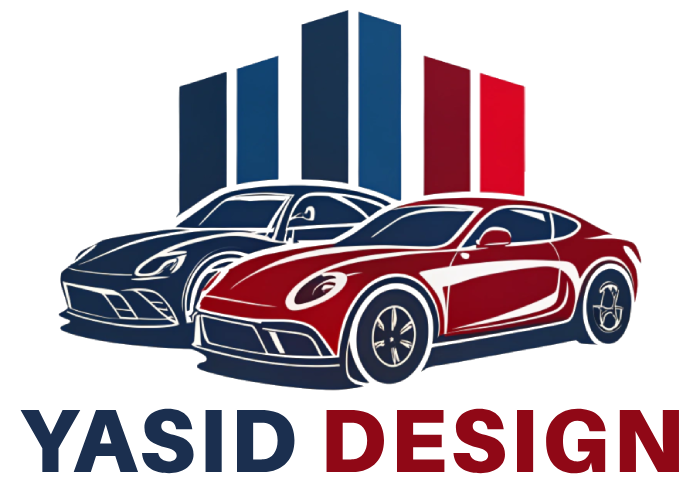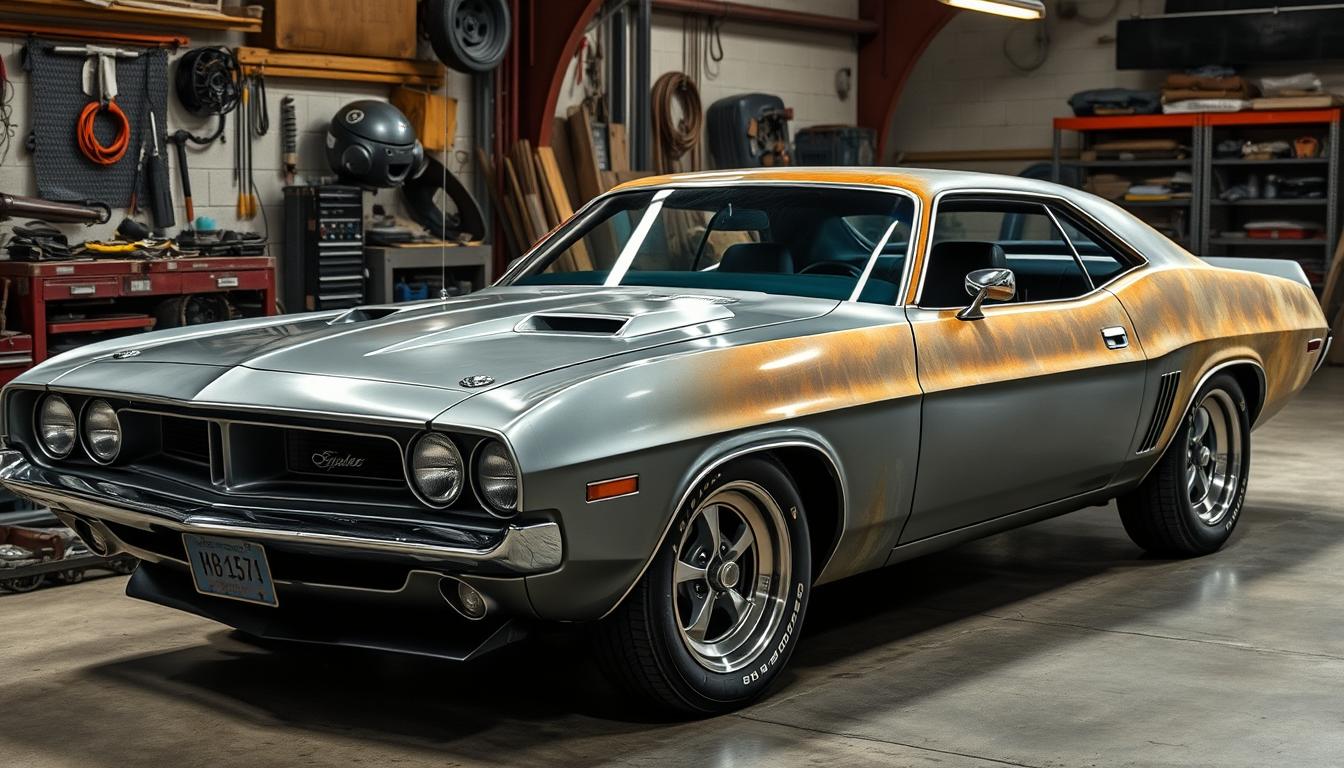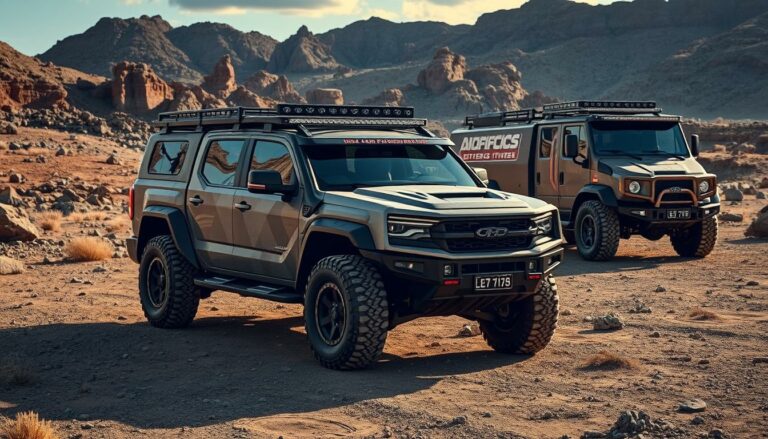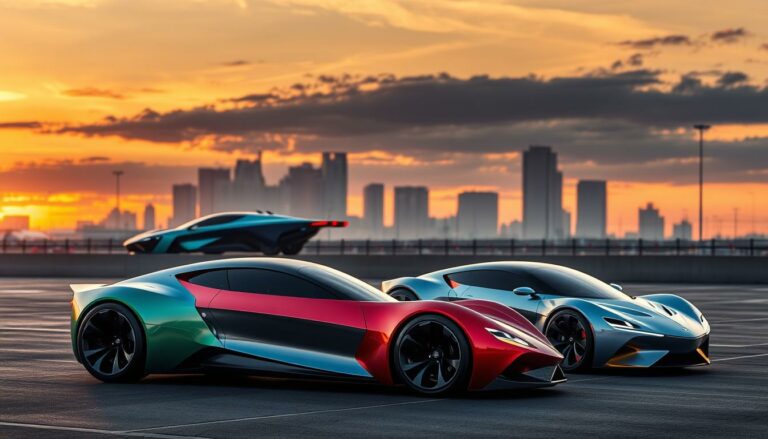The world of classic car restoration is experiencing an exciting transformation as enthusiasts seek to breathe new life into timeless vehicles. Creative facelifts have become a popular trend, allowing for the fusion of vintage aesthetics with modern technology. As automotive upgrades become more accessible, many are opting for classic car modifications that not only preserve the iconic design but also enhance performance and usability.
This movement reflects a passion for modern classic cars, where nostalgia meets innovation. The motivation behind these creative facelifts often stems from personal expression, granting collectors the ability to tailor their vehicles to their unique vision. By integrating contemporary features while maintaining the charm of classic designs, car owners can achieve a perfect balance between aesthetics and functionality.
Introduction to Creative Facelifts in Classic Cars
A creative facelift for classic cars represents an exciting intersection of heritage and innovation. It encompasses a range of classic car modifications aimed at enhancing both aesthetics and functionality. Enthusiasts today are keen to incorporate modern features for classic cars while staying true to the original allure of their vehicles.
These facelifts go beyond simple cosmetic changes. They involve critical upgrades that bring vintage rides up to date with current standards in performance and safety. Popular automotive customization practices include outfitting classic models with contemporary engines, high-tech infotainment systems, and enhanced safety protocols, all while keeping the iconic silhouette intact.

Vehicles like the Chevrolet Camaro and Ford Mustang are shining examples of how classic designs can adapt seamlessly to modern standards. These transformations allow car lovers to enjoy both the nostalgic charm of their vehicles and the peace of mind that comes with upgraded technology and improved reliability.
| Classic Model | Common Modifications | Modern Features |
|---|---|---|
| Chevrolet Camaro | Engine swap, suspension upgrade | Advanced infotainment, rearview camera |
| Ford Mustang | Disc brake installation, modernized interior | Bluetooth connectivity, lane assist |
| Dodge Charger | Performance exhaust, navigation systems | Adaptive cruise control, LED lighting |
The growing popularity of automotive customization reflects a desire among car enthusiasts to blend the old with the new, ensuring that classic cars remain relevant in today’s fast-paced automotive landscape.
The Benefits of Modernizing Classic Cars
Revamping classic cars offers a range of benefits that enhance driving experiences while maintaining the charm of vintage automotive design. Two of the most significant advantages include enhanced performance and reliability, alongside improved safety features. By integrating modern technology into classic vehicles, enthusiasts can enjoy the nostalgia of the past without compromising on essential advancements.
Enhanced Performance and Reliability
Performance upgrades can completely transform a classic car by replacing outdated components with modern equivalents. Upgrading the engine, transmission, and suspension systems significantly enhances handling and responsiveness, akin to driving a newer model. Many restoration experts assert that by integrating these improvements, reliability in classic cars is significantly elevated. This allows owners to enjoy longer journeys without the constant worry of mechanical failures.
Improved Safety Features
One of the most crucial aspects of modernizing classic cars is the introduction of enhanced safety features. Incorporating technology such as anti-lock braking systems (ABS), traction control, and airbags provides a much safer driving environment. This focus on safety in classic car restoration not only protects drivers and passengers but also retains the iconic look that these vehicles are known for. Automotive safety organizations consistently emphasize how essential these upgrades are in balancing the allure of classic vehicles with the demands of contemporary safety standards.




